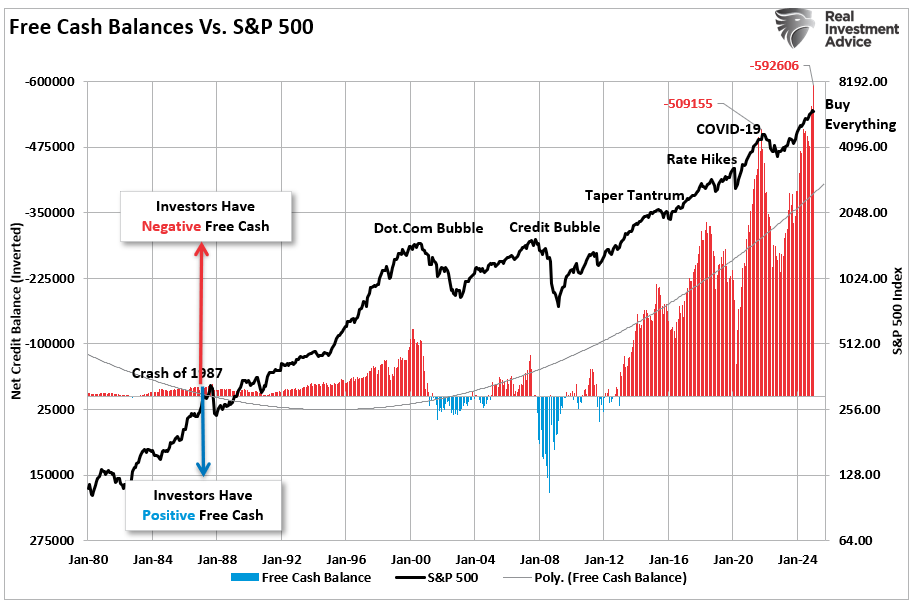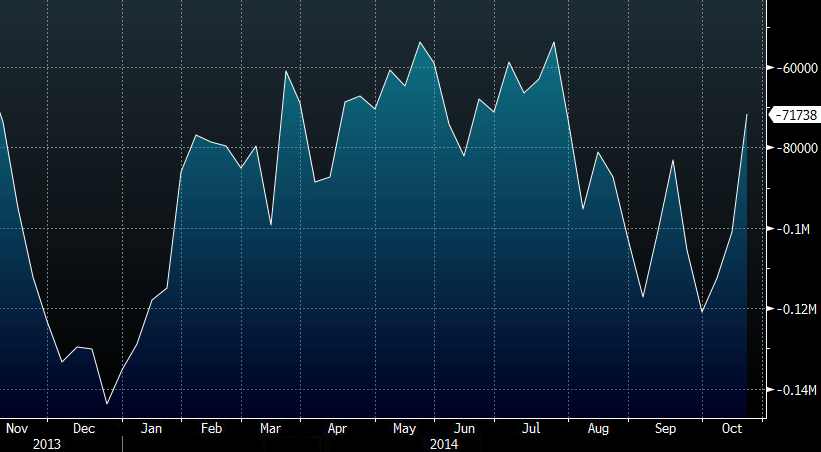Alright, folks, let’s cut through the noise and get straight to what matters. Yesterday and this morning saw a whirlwind of developments, both domestically and internationally, and frankly, some of it is seriously unsettling.
Domestically, the People’s Bank of China (PBOC) dropped a 500 billion yuan re-lending facility aimed at boosting consumption and elder care – a clear signal they’re trying to shore up key sectors. Premier Li Qiang also convened a State Council executive meeting focused on revamping national economic and technological development zones, hinting at further opening up and innovation. The PBOC’s Q1 monetary policy report emphasized a dual-pronged approach to monetary policy – managing both quantity and structure, while flexing its macroprudential tools. On the regulatory front, the China Securities Regulatory Commission (CSRC) unveiled its legislative plan for 2025, prioritizing market stability and investor protection – about time, if you ask me.
Meanwhile, Guangzhou Futures Exchange tweaked its trading rules and released its first-ever settlement rules, and the China Futures Association upped its game on intermediary management. We also saw adjustments to customs regulations in special economic zones, all pointing towards a very active policy landscape.
Now, let’s pivot to the international scene, which is, to put it mildly, a mess. Iran-US nuclear talks continue, with the fourth round scheduled for Oman. South Korea has seen a shakeup in its presidential race. Japan is eyeing potential fighter jet exports to Australia. Trump, predictably, is playing both sides on tax hikes for the wealthy, while Mexico is taking Google to court over…the name of the Gulf of Mexico? Seriously?
But the real fireworks are happening between India and Pakistan. We’re talking intercepted missiles, airspace closures, and escalating military action. This isn’t just saber-rattling, people. It’s a dangerous situation that could easily spiral.
On the trade front, India is begging the US for tariff relief. The EU’s von der Leyen is hinting at a US visit if a trade deal materializes, while Vietnam is rightly calling out Trump’s tariffs as unfair. The US and UK unveiled their “Economic Prosperity Agreement”, with promises of favorable treatment on drug tariffs, and Switzerland is looking to cut its own trade deal.
Finally, the Fed is sending mixed signals. Several officials are warning about the potential for stagflation – the dreaded combination of rising inflation and slowing growth. Waller defended the Fed’s independence, and Cook warned tariffs could hurt productivity. And, expect to see the Standing Repo Facility (SRF) coming online soon – a new tool for managing short-term liquidity.
Deeper Dive: Understanding US-India Trade Tensions & Fed Hawkishness
The current push from India for tariff exemptions reflects the growing tension between protectionist policies and global trade interdependence. Tariffs, while intended to protect domestic industries, often lead to retaliatory measures and disrupt supply chains.
Furthermore, the divergent opinions within the Federal Reserve highlight the precarious position they are in. A situation where inflation and unemployment both rise (stagflation) presents a uniquely difficult challenge, potentially forcing the Fed to choose between supporting employment or controlling inflation.
The discussion around potential productivity declines due to tariffs is also crucial. Lower productivity translates to slower economic growth and increased inflationary pressures, undermining the intended benefits of protectionist policies.
The introduction of the SRF demonstrates a proactive approach from the Fed to maintain financial stability and manage liquidity in the face of uncertain economic conditions.







